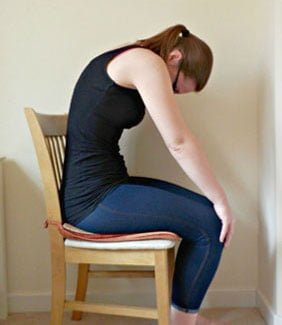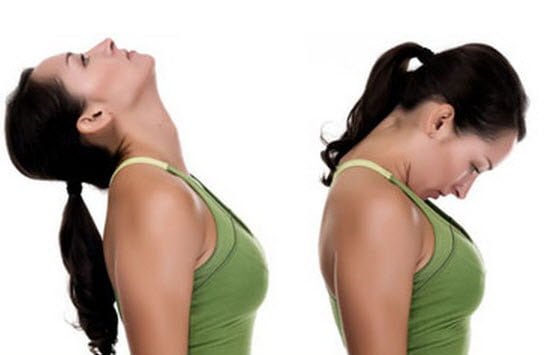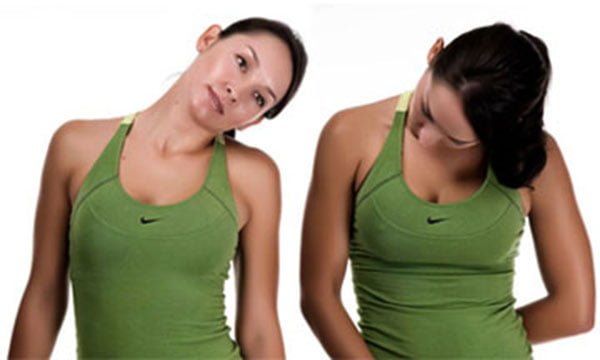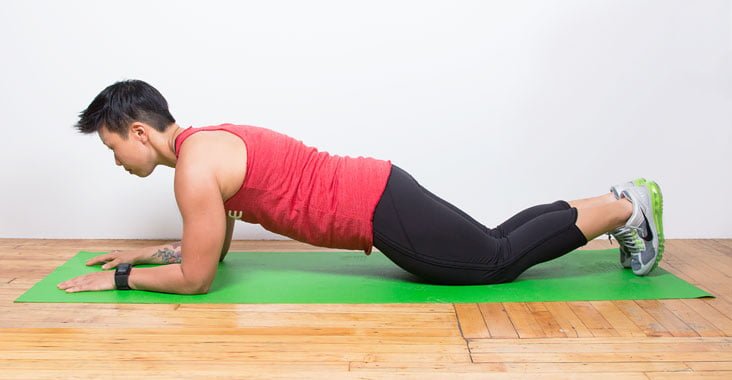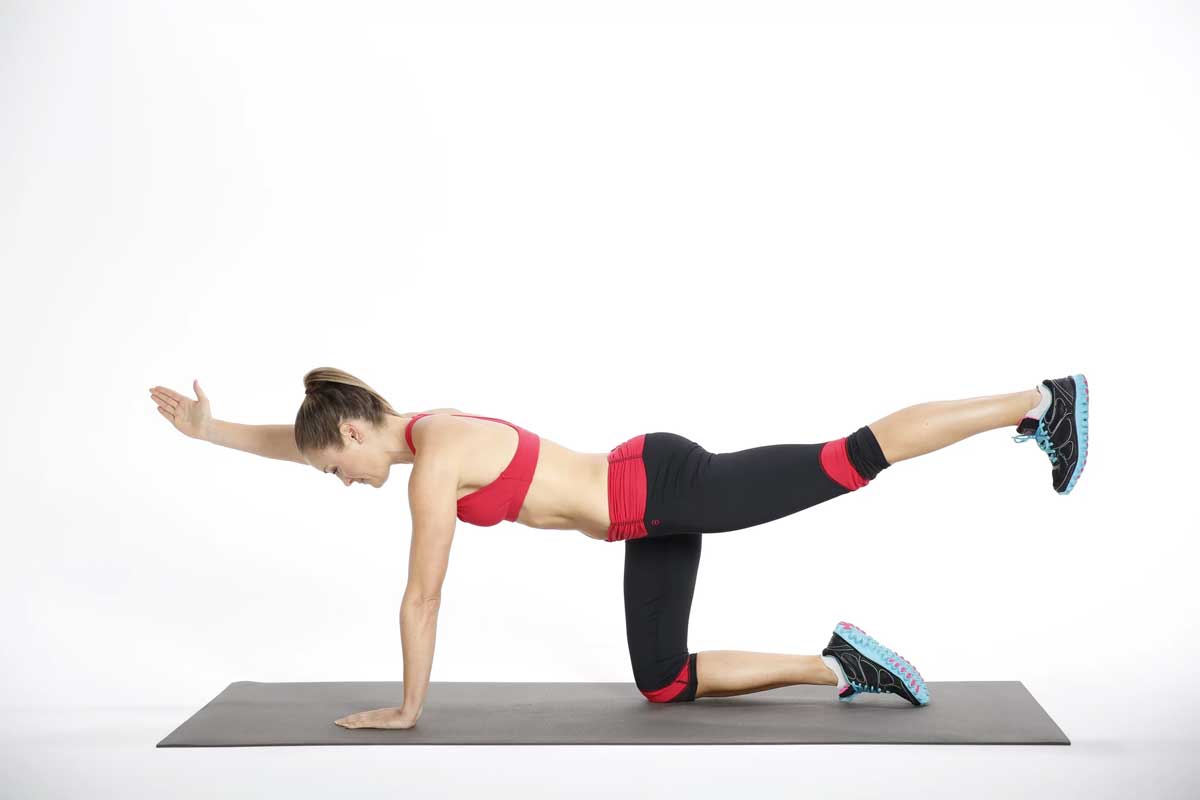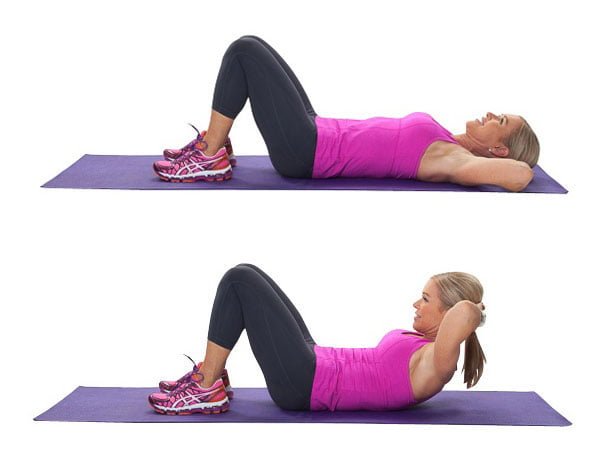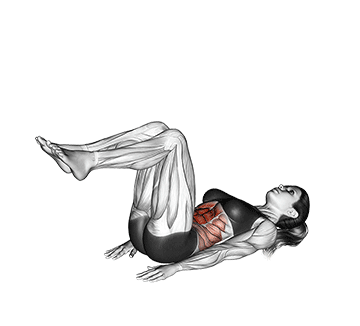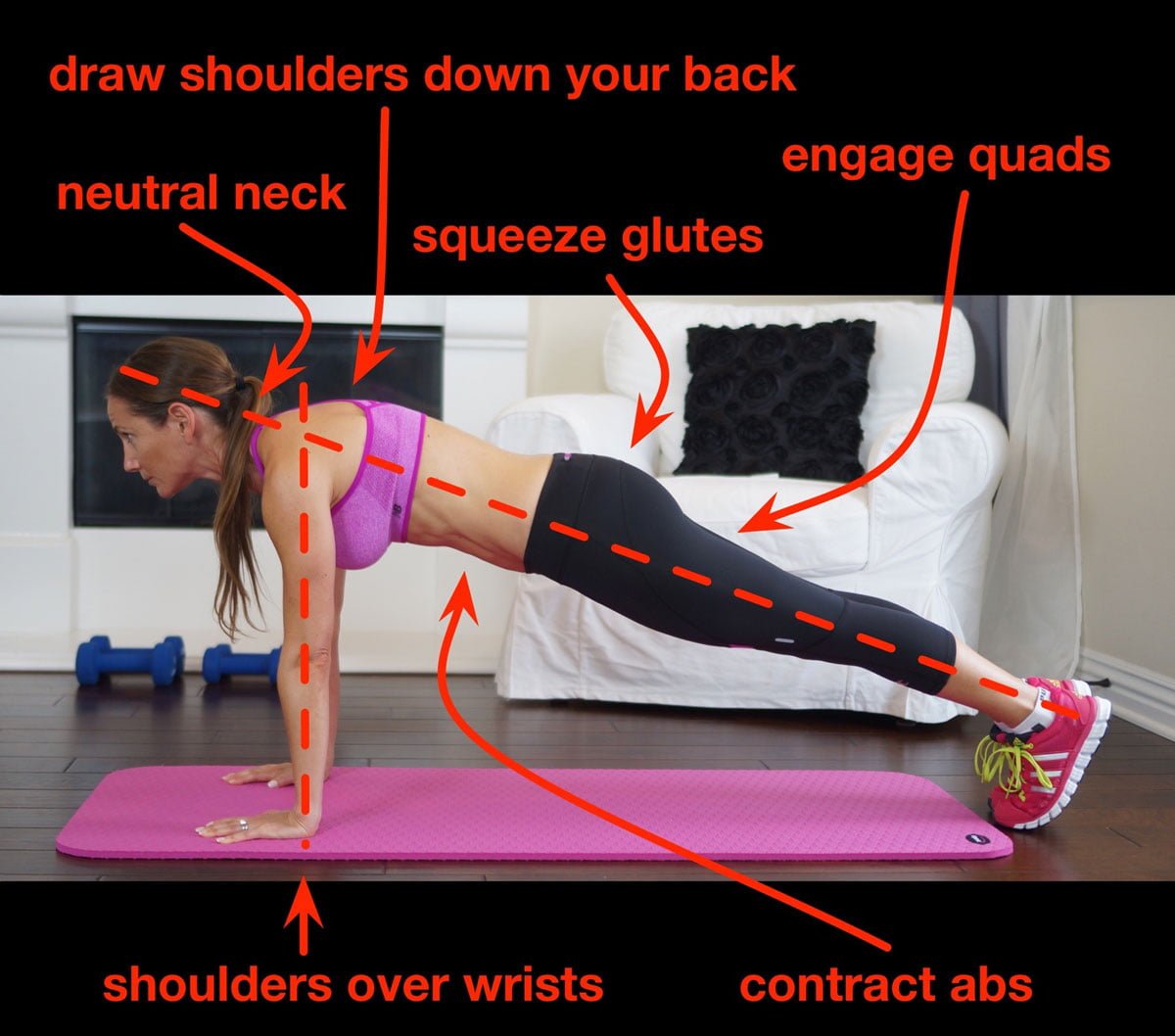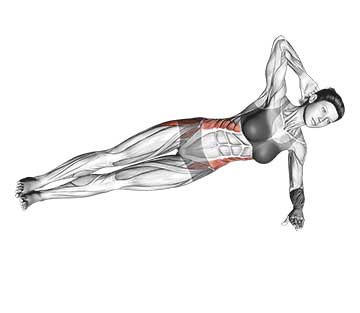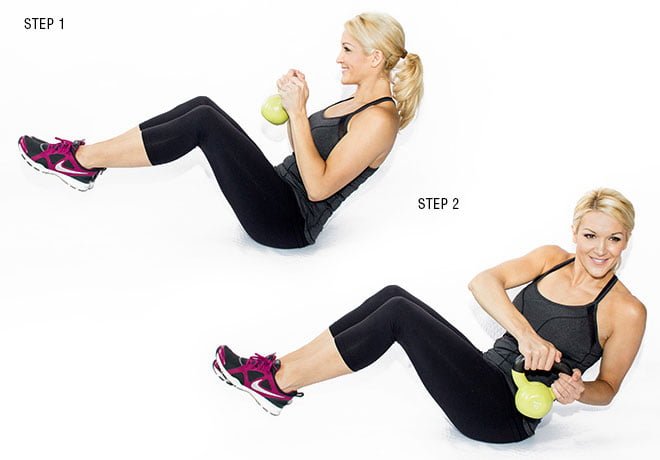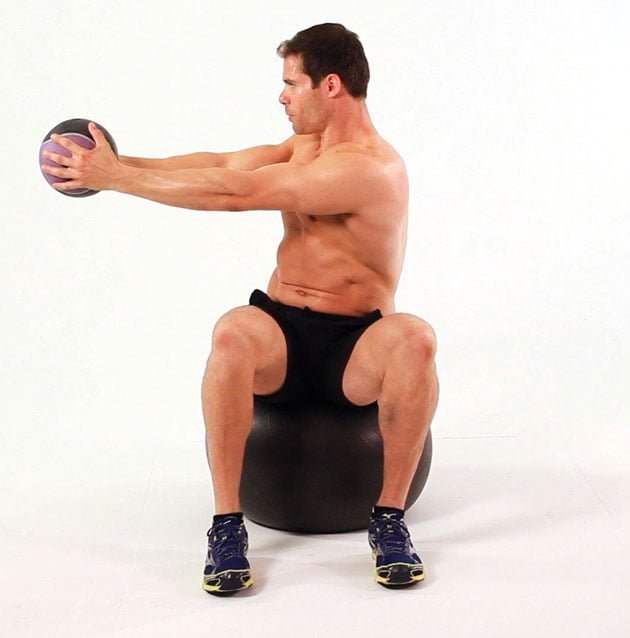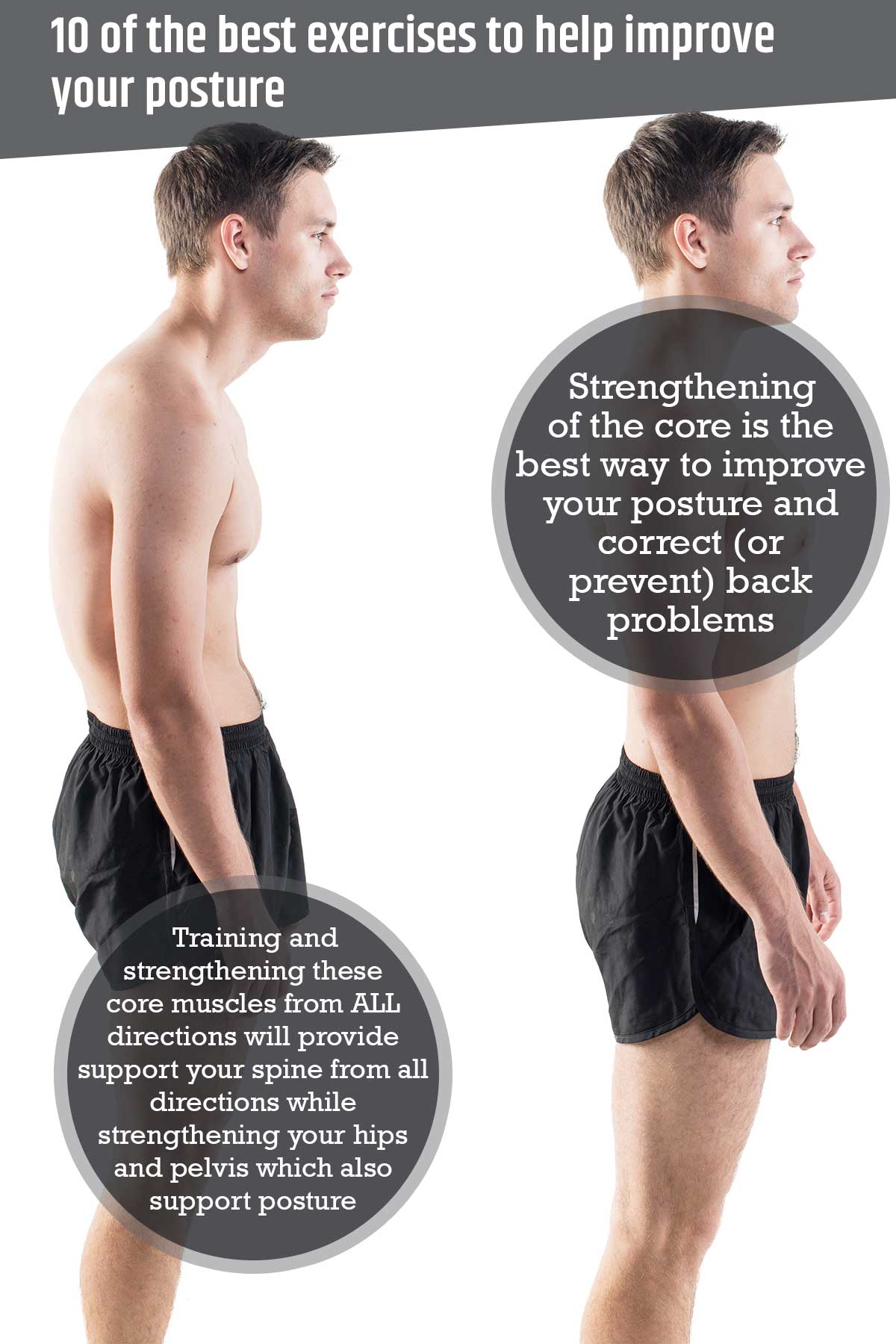“Stop slouching.” Sound familiar? Your mother was right, slouching, or poor posture not only looks bad, but can lead to back pain and spinal problems later in life.
Strengthen the core. Strengthening of the core is the best way to improve your posture and correct (or prevent) back problems. Your core muscles surround and support your spine and are responsible for standing upright and rotation of your trunk at the waist.
Core muscles include your abdominals (abs), the muscles of your lower back that connect your spine to your pelvis, your obliques (under your “love handles”), your diaphragm, and the muscles of your pelvis (hips).
Train in 3 dimensions. Training and strengthening these core muscles from ALL directions will provide support your spine from all directions while strengthening your hips and pelvis which also support posture.
Training your abs without training your lower back leads to imbalances that impact your posture, either causing your to lean forward or curve back. By training ALL the muscles of your core in ALL directions, you’ll provide a balanced, solid trunk that supports good posture and reduces back pain or problems.
Before you begin your posture exercises, start with these stretches:
1. Shoulder release
This simple movement releases (stretches and prepares) the rotator cuff or shoulder joints.
How to do shoulder release:
Find a sturdy straight backed chair and sit to the back of it with the feet flat on the floor. Relax the neck and allow the head to lean forward as you inhale and lift the shoulders toward the ears, hold briefly and relax. Repeat 5 – 10 times.
2. Neck stretch
This movement stretches the cervical spine, the neck and upper spine and should be performed slowly without jerking or bouncing.
How to do neck stretch:
Sit upright and while inhaling, slowly lower the chin to the chest and pause briefly.
Slowly tilt the head back as far as you can and pause briefly and relax and return to the start position. Repeat 5 – 10 times.
3. Neck rotation
Remember to train in 3 dimensions, all directions and include rotational exercises, twisting and turning.
How to do neck rotation:
Sit upright with hands at the sides or on the thighs, inhale and lower the chin down to the chest without leaning forward. Down rotate the head and neck slowly to the right and perform one complete rotation.
Pause briefly and reverse and rotate in the opposite direction. Complete 5-10 controlled rotations slowly.
Follow the stretches with these bodyweight core exercises:
4. Knee planks
This is your introduction to “planks”, the most simple, yet effective core exercise.
How to do knee planks:
Start from a pushup position on the knees with the elbows bent with your weight on the forearms. Focus on maintaining a straight back without allowing the hips or arms to move.
Hold the knee plank for a minimum of 20-30 seconds and increase the time each workout until you reach 1-2 minutes.
5. Bird dogs
Start this exercise on the hands and knees with a straight back.
How to do bird dogs:
Lift and extend (point) the left arm while you extend the right leg straight back behind you. Hold for 20-30 seconds. Lower the arm and leg back to the mat and point (extend) the opposite arm and leg.
Keep the arm and leg straight and in one line with your body. Increase holding the arm and leg extended until you reach a total of 1-2 minutes.
6. Crunches
Primarily an abdominal exercise.
How to do crunches:
Start on an exercise mat on the back with the knees bent and arms across the chest. Do Not interlace the fingers behind the head or neck as this may cause injury as you pull forward.
Using the abs and core, lift the upper body off the mat and touch the elbows to the knees and hold briefly and then return to the start. Perform 2 or 3 sets of 10-15 repetitions. As a crunch variation, add a slight turn or twist as you lift up and touch the right elbow to the left knee and alternate.
7. Reverse crunches
Another abdominal movement with lower back involvement.
How to do reverse crunches:
Begin flat on the back on a mat with the arms at the sides and palms down on the mat for support. Lift the legs above you until they are at a right angle and hold.
Lift the pelvis and buttocks off the floor and push the legs and hips up toward the sky and hold briefly. Perform 2 or 3 sets of 10-15 repetitions.
8. Full planks
Planks appear simple, but the longer you hold the position, the harder (and more effective) it gets.
How to do full planks:
Start from a pushup position with the arms directly below the shoulders and lower the upper body onto the elbows and forearms placed flat on the floor. Lift and straighten the body until a straight line is formed from neck to ankles.
Your weight should be supported on the toes and forearms. Don’t allow the hips to lift or drop as you hold the plank for a minimum of 30-60 seconds. Repeat 3-5 times and extend the time with each workout.
How to do side planks
As a plank variation, shift the weight to the right arm and leg and reach for the ceiling with the left arm and again, hold for 30 to 60 seconds and alternate sides.
Add a dumbbell or kettlebell for these final exercises:
9. Weighted twists
Use a small dumbbell or kettlebell as a weight.
How to do weighted twists:
Start in a situp position with bent knees and feet planted on the floor. Hold the dumbbell or kettlebell in front of the chest keeping the arms straight.
Now twist slowly to the left and touch the weight to the floor, then back to the center and then twist to the right and touch the floor alternating left-right-left. Perform 2 or 3 sets of 10-15 repetitions.
10. Seated twists
Another rotational or twisting exercise.
How to do seated twists:
Sit on the end of a sturdy bench or an inflatable exercise ball while holding a dumbbell or medicine ball at arm’s length and slowly rotate as far as you can left, pause, and then right and pause and repeat.
If you have access to a gym or free weights and cables at home, add these 3 resistance core training exercises:
Bent Over Rows – Bent rows work the trapezius muscles, which support good posture.
Lat Pull-Downs – The latissimus dorsi muscles (lats) muscle run along the sides of the back, strengthening the lats will help you to improve your posture significantly.
Reverse Flyes – Reverse flyes target small muscles in the back known as the “teres minor”, part of the rotator cuff. This muscle helps perform external rotation, transverse abduction and extension.



